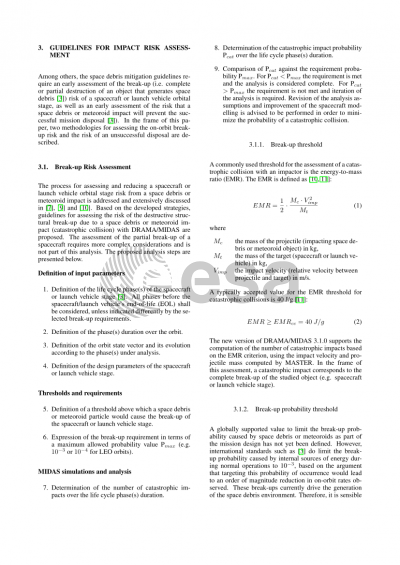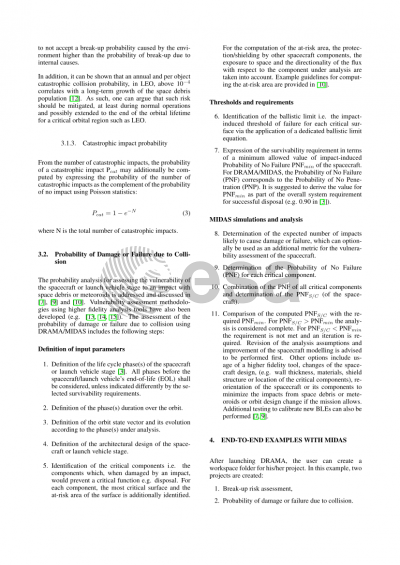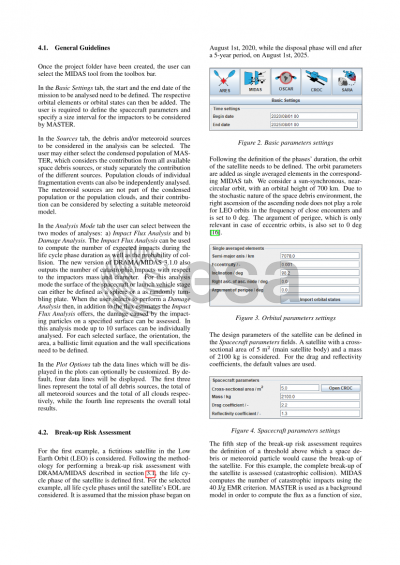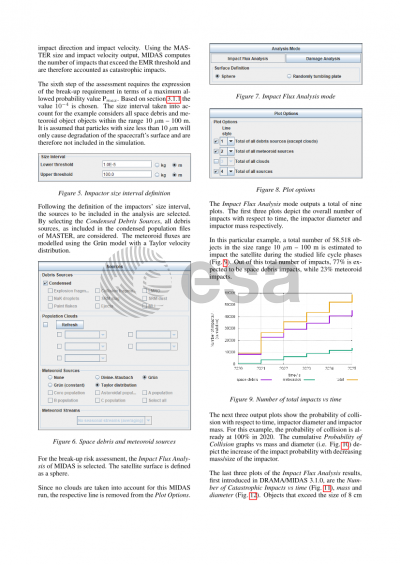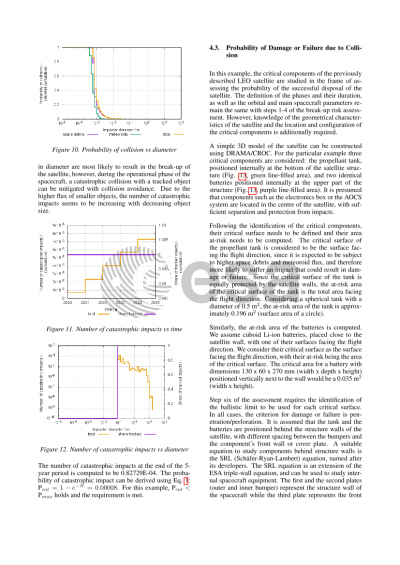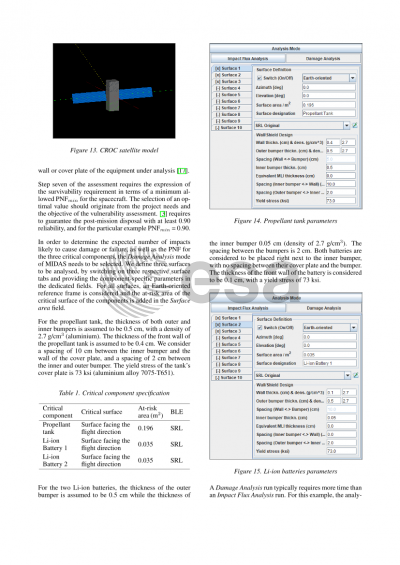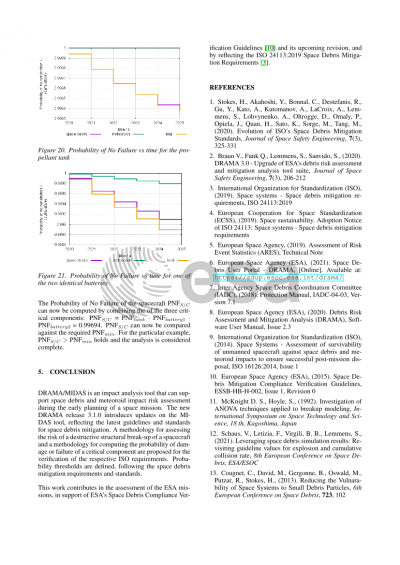Document details

Abstract
As the space debris population continues to grow rapidly, the likelihood of collisions is expected to increase likewise. In response to this challenge, the Inter-Agency Space Debris Coordination Committee (IADC) published its first edition of Space Debris Mitigation Guidelines in 2002, aiming at limiting the debris released during operations, minimising the risk of explosive break-ups and collisions, and removing defunct objects from populated areas. Following the publication of the IADC guidelines, the International Organization for Standardization (ISO) took up the task of transforming the guidelines and practices from the IADC, which have been also recognised on UN level, into a set of international space debris mitigation standards. The first ISO standards were published in 2010, and since then ten more standards have been released, with the third edition of the latest standards published in 2019 (ISO 24113). In the meantime, ESA’s Space Debris Mitigation Compliance Verification Guidelines were issued in 2015, aiming at describing the analysis and documentation required to show compliance with the ESA Policy Requirements, a process that became applicable to any ESA space mission.
One aspect of such an analysis entails the assessment of the risks from space debris or meteoroid impacts already during early mission design, and the continuous assessment of that status through the operational phases. Impact risk analyses can help identify the most vulnerable components in the design of a spacecraft, and take important decisions to minimise the risks of a collision with a space debris or meteoroid object. The analyses are of particular importance when the non-trackable population is considered: trackable objects (larger than approximately 10 cm in LEO and 50-100 cm in GEO) are too large for shielding measures, and the main protective actions against them are manoeuvres, which are performed if the assessed collision risk is deemed too high. For objects that cannot be tracked, or for spacecraft with no manoeuvre capabilities, statistical flux models, and impact and damage analysis tools can be used to assess the impact risks, and decide on design changes (e.g. shielding) to minimize the probabilities of a collisional break-up or an unsuccessful post-mission disposal.
During the past decades, several impact analysis tools for assessing the risk from non-trackable space debris and meteoroids have been developed. Typically, they use an underlying space debris and meteoroid environment model and describe the particle-wall interactions using empirically derived parametric equations. Based on their individual features, the tools can support different phases of the mission design. The MIDAS (MASTER-based Impact Flux and Damage Assessment Software) tool of the DRAMA (Debris Risk Assessment and Mitigation Analysis) software can support the user with such analyses during the early project phases (Phase 0/A). MIDAS combines the orbital, mission, and spacecraft parameters with the debris and meteoroid flux from MASTER, in order to provide an impact flux or damage assessment. This paper provides practical guidelines on how the space debris mitigation requirements and standards can be met using the new release of DRAMA/MIDAS 3.1.0 software, and details different scenarios for performing break-up risk analyses, as well as survivability analyses to assess the likelihood of a successful post-mission disposal.
Preview


